How To Find the Key of a Song: The Benefits of Training Your Ears

Knowing which musical key a song or piece of music is important for a multitude of reasons. First and foremost, it tells us which notes and chords will appear throughout the piece.
Additionally, it makes you a better improviser by giving you information about which scales you can use over the chords.
As a writer and producer, it will help you know which chords will work together with a melody and even give you the foundation you need to “break” the rules and try new things altogether!
What is a key in music?
A song’s “key” is like home.
In Western music there are 12 notes. A typical major scale uses seven of these 12 notes. The pattern that forms the seven note scale can begin on any of the 12 notes (each key on the piano).
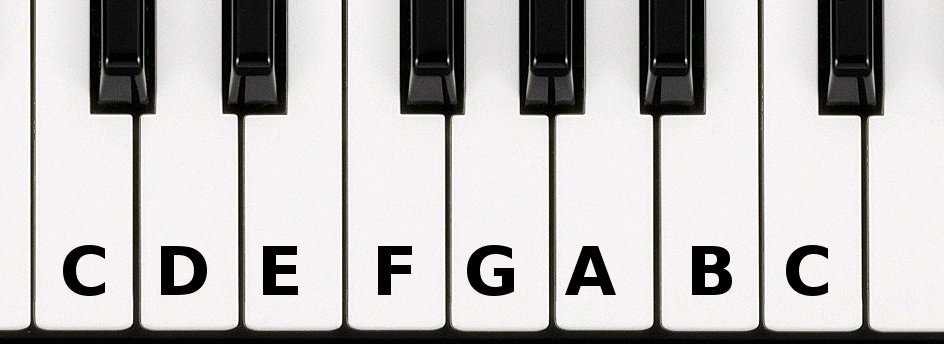
The note we begin on is called the “tonic”, and gives us the name of the song’s “key”.
The tonic is the most stable and comfortable sounding note. It also gives us the first chord of a song’s chord progression.
For example, if we start on the note “C” and play a major scale, we are “in the key” of C major. The note “C” is the tonic and the first chord is C major. Similarly, if we started on the note “G” instead, we’d be in the key of G major and the note “G” would be the tonic.
The tonic can also be written or called the “root”, “1”, or “one chord”.
There are several ways we can figure out the key of a piece of music, including using the song’s chord chart or from a key signature.
However, charts aren’t always accurate, and some charts don’t use key signatures at all. Regardless, learning to figure out the key of a song by ear is an invaluable skill for any musician.
How to find the key of a song by ear
Many musicians develop their own method of determining a song’s key. Here are some ideas to get you started!
Listen to the song
First, you’ll want to listen to the song! Listening is important, because it warms up our brains and ears to begin creating familiarity with the song.
Identifying the tonic note
Let the sound of the music wash over you. If you hum along, begin to notice where your voice settles. Is there one particular note you find yourself humming over and over again? Is there a note that consistently begins or concludes each phrase in the melody?
Chances are, this note is the “tonic” we mentioned earlier, which will lead us directly to identifying the song’s key.
Another method of finding the tonic is to perform the same experiment on keyboard or guitar. As long as you know the names of the notes on one guitar string or on the piano keyboard, you can use them to identify a song’s key. Simply put on the track and begin playing each note to see how it sounds alongside the song.
You’ll eventually find a note that sounds the most harmonious and appears the most frequently throughout the melody or progression. This is likely the tonic.
Not all songs start with the tonic. Some pieces can begin on other chords in the song’s key, or have a melody that begins on a note besides the root. Remember: the tonic is the center of the greatest tonal “gravity”.
Identify the scale
Once we’ve settled on the tonic, try playing a major scale beginning from that note. How does it sound? If it works, success! You’ve found the key. The key will be whichever note you’re playing + “major”. If the note is “A”, the piece is in “A major”.
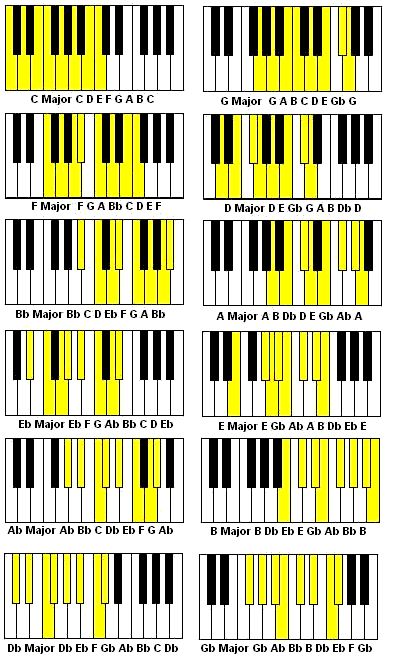
If it doesn’t sound quite right, the song may be in the minor key. Try again and play a minor scale starting on the tonic. Sound better? In this case, the piece is in the minor key. The song’s key will be whichever note you’re playing + “minor”.
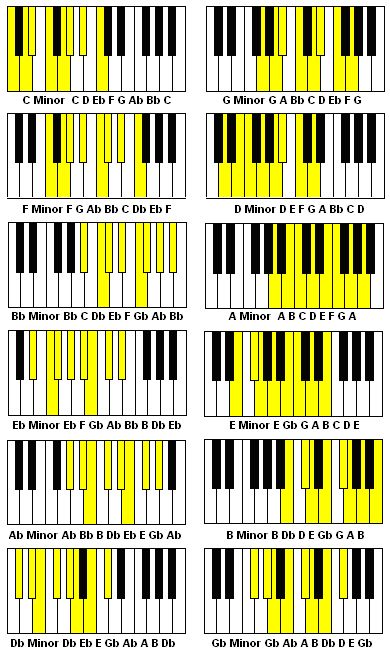
These two keys, A minor and A major are “parallel”. They begin on the same note but use different scale formulas.
However, each major scale also has a relative minor scale that contains the same notes in a different order, such as “C” major and “A” minor.
C major scale: C D E F G A B C
A minor scale: A B C D E F G A
But wait… if every major scale has a relative minor scale with the same notes, how do we know which key the song is in? Is it A minor? Or C major?
Turns out, our brain is adept at organizing music into patterns. This is an innate human ability and is even shared by some animals!
Composers will typically gravitate toward the song’s tonal center or tonic throughout a melody or solo. Our ears do this naturally as well. If the melody contains multiple instances of the note “C”, and resolves back to “C” as the tonic, we will place the song in C major. People without any prior knowledge or musical training can actually do this, even without the vocabulary to describe what they are hearing.
Naturally, if the melody gravitates towards “A”, we would place the piece in the relative minor key.
Another way to determine this is by becoming aware of how the sound makes you “feel”. Many people associate major sounds with bright, happy, and joyful emotions. Minor sounds on the other hand tend to be darker, sad, or introspective.
This method of assigning feeling to sound is actually totally arbitrary! It is a consequence of absorbing music throughout our lives and learning about the emotional context of these songs.
Either way, it’s a helpful tool in determining if the song is in the major or minor version of the key. Listen closely, does the melody sound melancholic, contemplative, or sad? Or is it fun, vibey, and uplifting?
Find the Key Signatures
Once you’ve listened, found the tonic note, and determined whether the tonality is major or minor, you can safely place the song or piece into a key signature!
A key signature is a written roadmap of musical keys arranged in a way that places the most closely related musical keys together.
You can use the key signature to check your work as well! Put the song or piece back on and play along using the other chords/notes in the key. If none of them clash, you know you’ve found the correct key.
Multiple Keys?
Most popular songs only use chords and notes from the key to form their progression and/or melody. In other genres, and in some pop music, one or two chords may be “borrowed” from another key to make things more interesting. In more advanced composition, keys might change thanks to a technique called “modulation”.
Don’t worry! You’ll still be able to use these techniques the majority of the time. Even if a song’s chord progression contains a borrowed chord or two, there is still a strong gravity toward the tonal center or root.
Train your ears!
Training your ears to identify keys readily is a skill that takes some practice. You’ll want to continue to improve your overall ear training too! Continuing to challenge your ears with identifying chords, scales, intervals, and rhythms will only help you when placing a song’s key, and help you become a better and more well rounded musician.
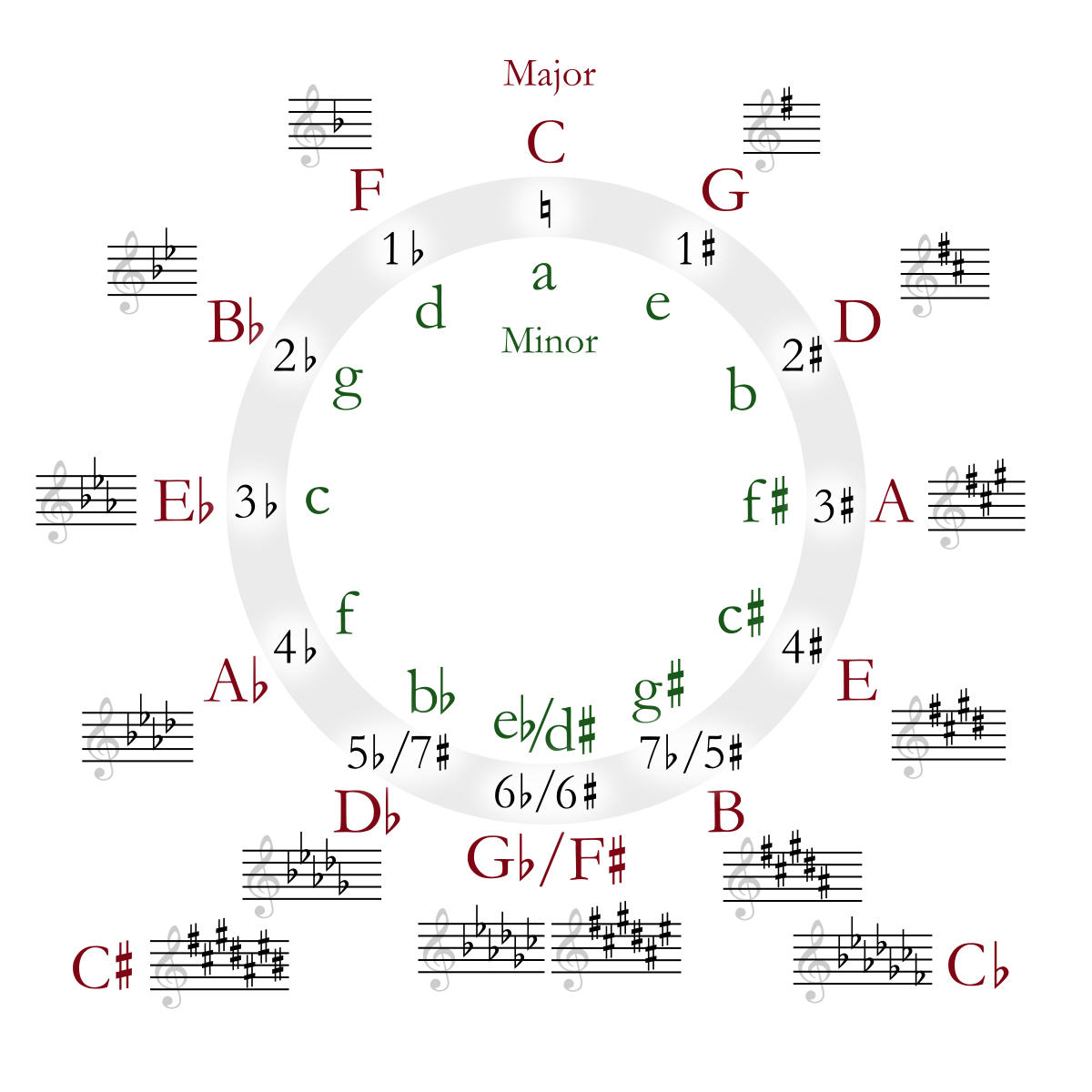
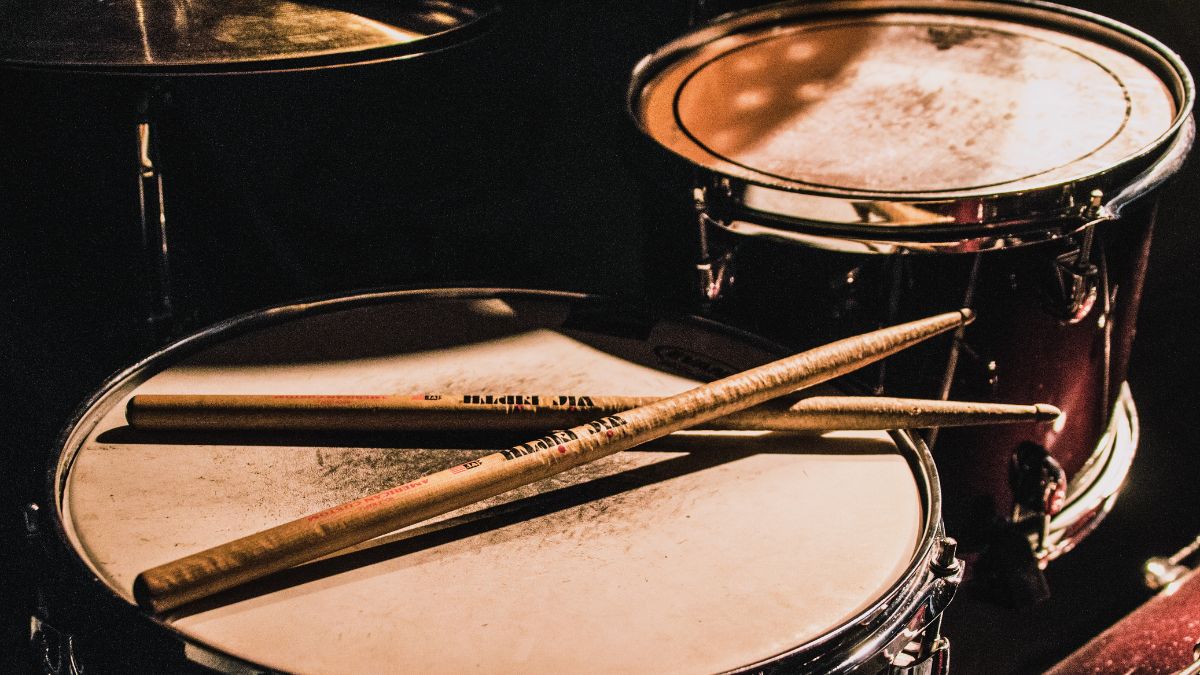
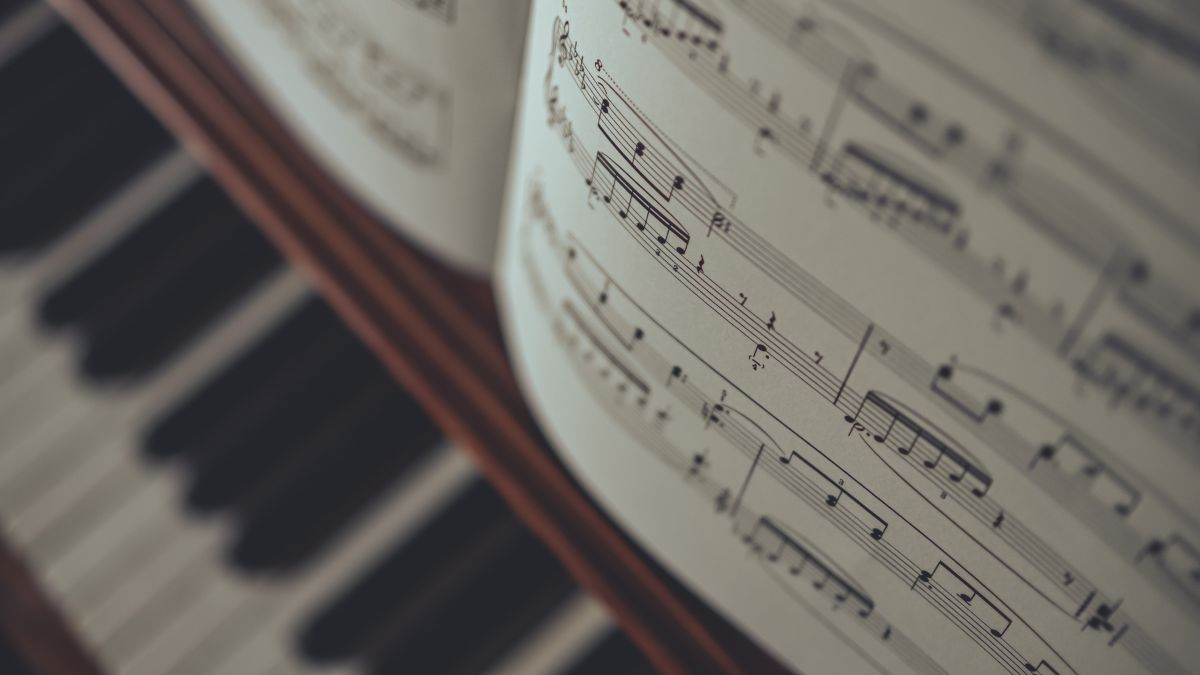
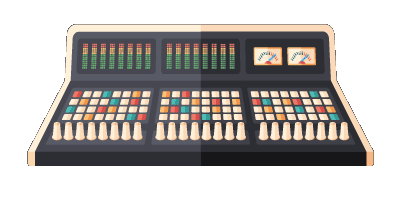
Comment on this post on ToneGym Community